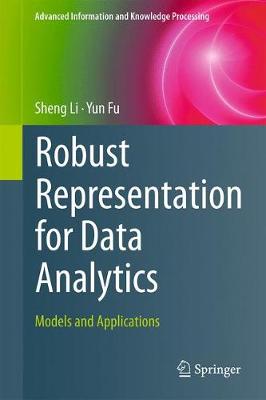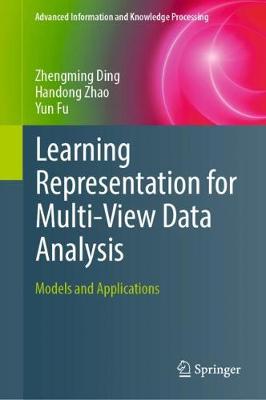Advanced Information and Knowledge Processing
2 total works
Leveraging the theory of low-rank and sparse modeling, the authors develop robust feature representations under various learning paradigms, including unsupervised learning, supervised learning, semi-supervised learning, multi-view learning, transfer learning, and deep learning. Robust Representations for Data Analytics covers a wide range of applications in the research fields of big data, human-centered computing, pattern recognition, digital marketing, web mining, and computer vision.
Learning Representation for Multi-View Data Analysis
by Zhengming Ding, Handong Zhao, and Yun Fu
This book equips readers to handle complex multi-view data representation, centered around several major visual applications, sharing many tips and insights through a unified learning framework. This framework is able to model most existing multi-view learning and domain adaptation, enriching readers’ understanding from their similarity, and differences based on data organization and problem settings, as well as the research goal.
A comprehensive review exhaustively provides the key recent research on multi-view data analysis, i.e., multi-view clustering, multi-view classification, zero-shot learning, and domain adaption. More practical challenges in multi-view data analysis are discussed including incomplete, unbalanced and large-scale multi-view learning. Learning Representation for Multi-View Data Analysis covers a wide range of applications in the research fields of big data, human-centered computing, pattern recognition, digital marketing, web mining, and computer vision.
